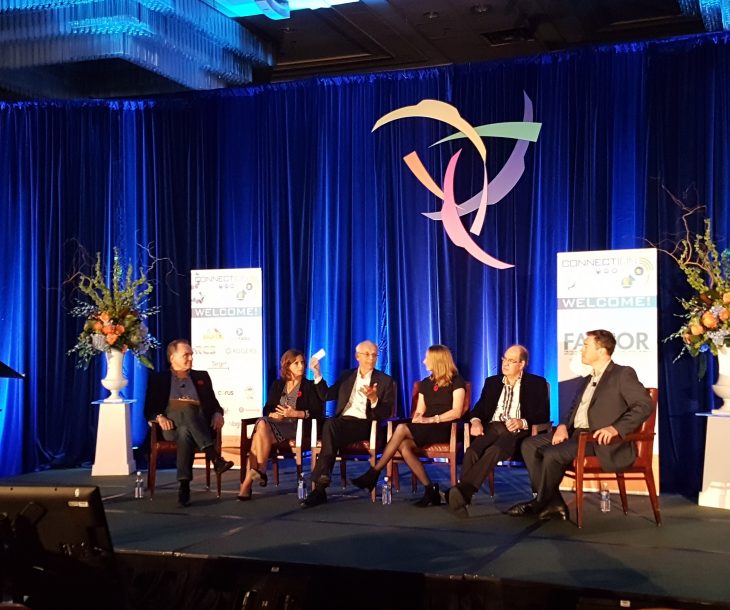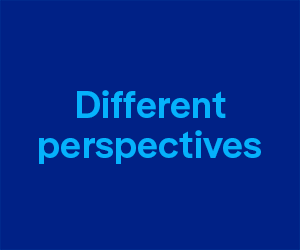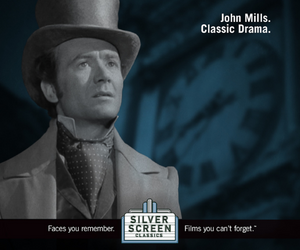
Hint: Check your pocket
TORONTO – When Doug Bingley, CEO of Central Ontario Broadcasting, went to a Best Buy recently in search of a clock radio he was shocked to find out there are almost no more radios for sale in the country’s largest electronics retailer.
He told delegates at Thursday’s Ontario Association of Broadcasters annual one day conference at the Toronto Airport Marriott that he found extensive displays of Bluetooth speakers and other devices which wirelessly link to the smartphones or tablets or PCs of Canadians – but only two stand-alone conventional radios – off on their own in a dead section of the store.
What that means, said the owner of Barrie’s Rock95 and 107.5 KOOL FM as well as Indie 88 in Toronto, is the radio industry has to figure out “how do we get radio onto these devices,” he said, holding up his own smartphone. “That is the delivery method for audio in the future.” The session before that, where six millennials took the stage to talk about their media consumption bore this out as each said the only place they choose to listen to radio and not something like Spotify or Stingray or Apple Music is in their cars – unless it’s on as background music in their offices.
Radio’s ratings and revenue have been remarkably resilient over the years, a fact CRTC commissioner Chris MacDonald noted in his address to the conference earlier in the day. It dropped a little last year, but Canadian radio revenue still surpassed $1.5 billion. All these new connected devices and their apps are a challenge and radio stations are trying to adapt, but it’s the connected car which may pose the most danger. “60.1% of new vehicles around the world are expected to be equipped with Internet-connected systems by 2017, an increase from just 11.4% four years ago,” said MacDonald, “and penetration in the U.S. and Western Europe is projected to exceed 80% by next year.”
The Canadian radio industry decided earlier this to take all of its positives (broad reach, local community building, loyal listeners, a renewed focus on digital) to band together and push its way back into ad agencies with its new marketing and advocacy group, Radio Connect, led by Sarah Garvie. Her mandate is to grab some of the revenue that has gone to digital and pull it back to radio, forcing agencies to realize radio remains a very strong medium to get messages out.
“We have got to get better at showing people” radio advertising works, said Garvie. Canadian radio did have such an organization years ago in the Radio Marketing Bureau, but it was shuttered in 2010.
Added Ian Lurie, Newcap Radio’s COO: “We’ve been absent for seven or eight years from the agency community to advocate for the benefits that we bring to advertisers and frankly, I think we have paid the price.”
“There’s a growing disconnect between ratings and revenue,” added Troy Reeb, head of Corus Entertainment’s news as well as TV and radio station operations. “We have a revenue problem,” he added, not an audience problem. Advertisers and their agencies see digital as the new, shiny thing and radio as the old, tired medium – even though this old format still reliably reaches millions of listeners daily. He, too, agreed that Radio Connect will help present a coherent message to the ad agencies.
“If radio was the new thing and digital was the old thing, there would be a very different perception.” – Troy Reeb, Corus
“If radio was the new thing and digital was the old thing, there would be a very different perception,” Reeb continued. “Imagine if all there was for the longest time was this one-to-one relationship… and suddenly this one-to-many relationship comes along, we would be the hottest thing going.”
Rogers Radio SVP Julie Adam said her company has added what’s in effect, a liaison agent who works with the talent, programmers, salespeople and promotion to seek new revenue producing efforts through client branded content, rather than just through spot sales. “This position is doing very well for Rogers,” said Adam. “It’s getting our programmers and our talent and our promotion people to remember that if we’re not bringing dollars into the building, it’s hard to spend it.”
“Our clients are dying for sponsorships and new creative ideas.”
One of those creative ideas was for the bulk of the Canadian radio industry to get behind Radioplayer, so that all stations can be streamed to smartphones and connected devices anywhere at any time. This effectively will take the stations into the dashboards of the connected car. It will launch here before the end of the year. The lone holdout was Bell Media, which made the decision to go it alone with its iheartradio branding and streaming licensing deal.
To Reeb, this new sort of digital radio station harkens back to some of the earliest radio manufacturers who then also built radio stations so people would have something to listen to. Also, some broadcasters went the other way and got into making radios so that people would have a device to hear their content (both Ted Rogers, with FM and his father, with AM, did that as did companies like RCA and Electrohome).
These new streaming apps are just the virtual way to do that and the Canadian radio companies are hoping this, along with Radio Connect’s push, will see revenues rebound and start to reflect continued solid listenership – and perhaps even grow it through digital.
Photo (l to r): Larche Communications’ Paul Larche, Julie Adam, Doug Bingley, Sarah Garvie, Ian Lurie and Troy Reeb.



